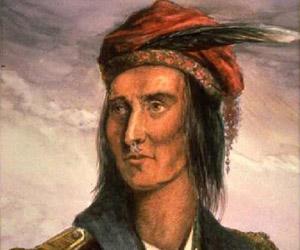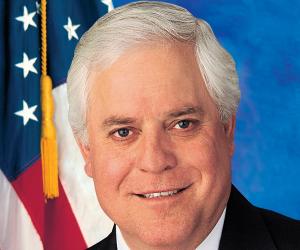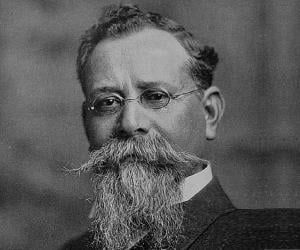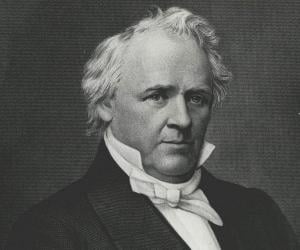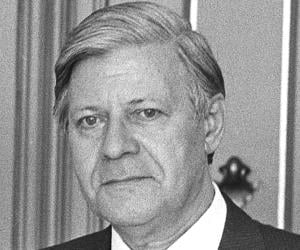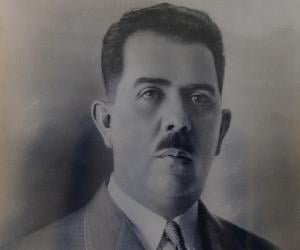Born In: Ohio, United States
Tecumseh
(Shawnee Chief and Warrior Known for Forming a Native American Confederacy)
Tecumseh was a famous Native American chief of the Shawnee, who opposed the white settlement in the United States. During his lifetime, he attempted to organize a union of tribes to fight early white settlement. Towards the end of his life, Tecumseh worked with the British in ‘The Canadas’ to oppose the rapid growth of the white settlement in the West. That dream was cut short when U.S. troops crushed the warriors led by Tecumseh’s brother, Tenskwatawa during the Battle of Tippecanoe. Despite his noble efforts to protect his tribes and their rights on Native American soil, he and his men were defeated by the white settlers and the great chieftain was eventually killed at the Battle of the Thames. Today, Tecumseh’s name is synonymous with courage, bravery and perseverance. His name has gone down in the annals of history, as the leader who advocated peace for his people by means of wanting to drive out the white settlers from claiming what he believed was rightfully their own. There are countless institutes, books, towns, documentaries and movies that are based on Tecumseh and his life today.
Leaders #233
66
11
